The Raymarine P79 in-hull transducer is designed to be easily adjustable to accommodate hull deadrise angles up to 22°. This ensures that the transducer's beam is vertically oriented, enabling it to receive accurate depth readings from echo signals. Unlike traditional “puck” type transducers, Raymarine's P79 features a base that is bonded to the hull and filled with liquid. The transducer itself can then be attached to the base using a twist lock mechanism. The presence of liquid in the base allows for more efficient transmission of sound waves, resulting in optimal performance. The key features of the Raymarine P79 are as follows:
– Depth capability at 200 kHz
– RMS power of 600 watts
– Mid-performance level
– Constructed with plastic material.
Frequently Asked Questions
Q: Can I use the Raymarine P79 in-hull transducer on hulls with a deadrise angle greater than 22°?
A: No, the Raymarine P79 is specifically designed to accommodate hull deadrise angles up to 22°. Using it on hulls with greater deadrise angles may result in inaccurate depth readings.
Q: How does the liquid-filled base of the P79 transducer enhance its performance?
A: The presence of liquid in the base allows for more efficient transmission of sound waves, resulting in optimal performance. This ensures that the transducer provides accurate depth readings from echo signals.
Q: Is the Raymarine P79 transducer compatible with the ST60 instrument?
A: Yes, the Raymarine P79 in-hull transducer is designed for use with the ST60 instrument, making it a suitable choice for those using the ST60 system.
Q: Does the Raymarine P79 transducer come with a twist lock mechanism for easy attachment?
A: Yes, the P79 transducer features a twist lock mechanism that allows for easy attachment to the base. This makes installation and adjustment convenient for users.

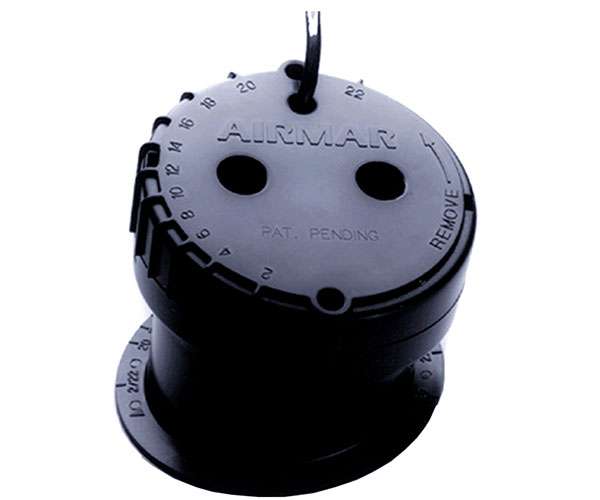
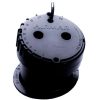
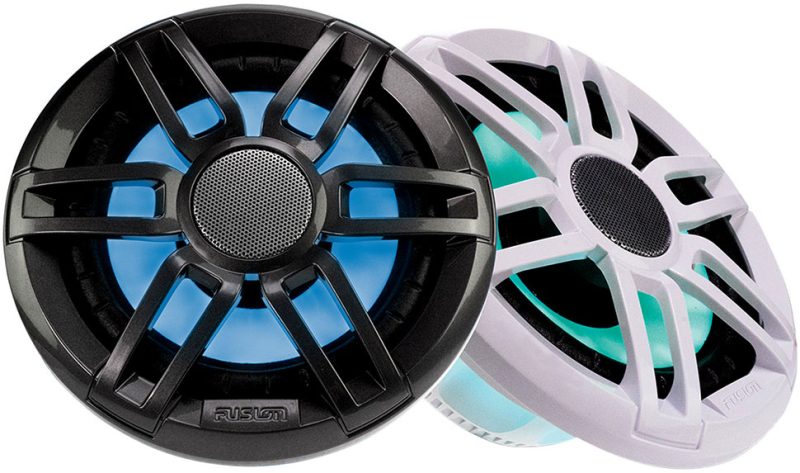
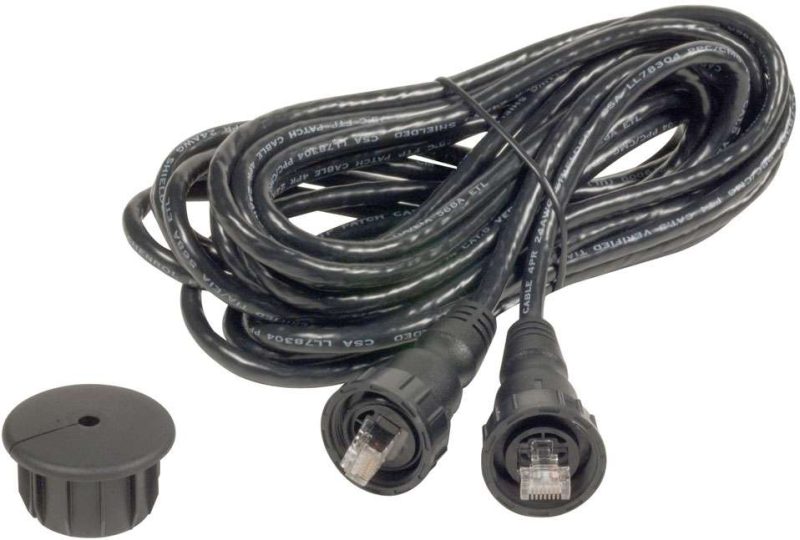
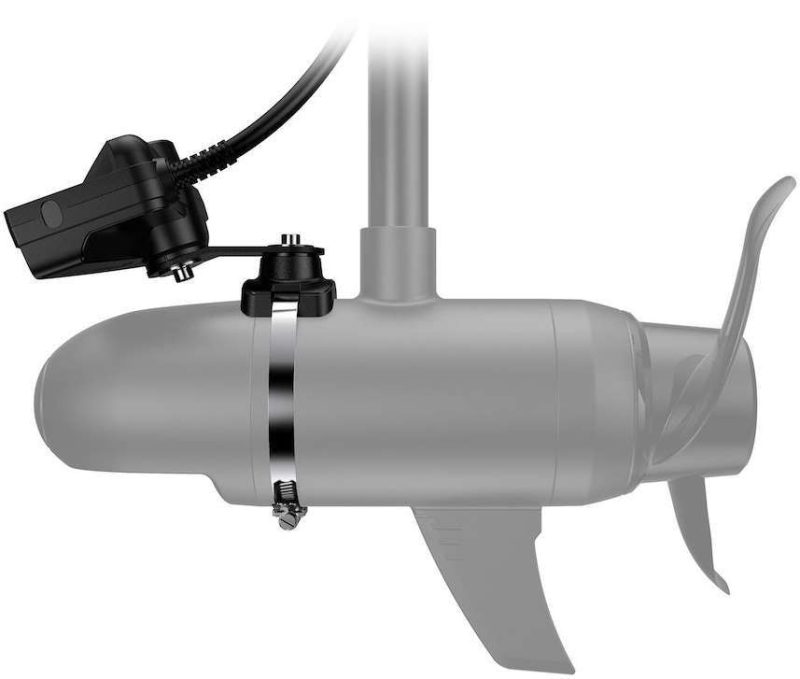
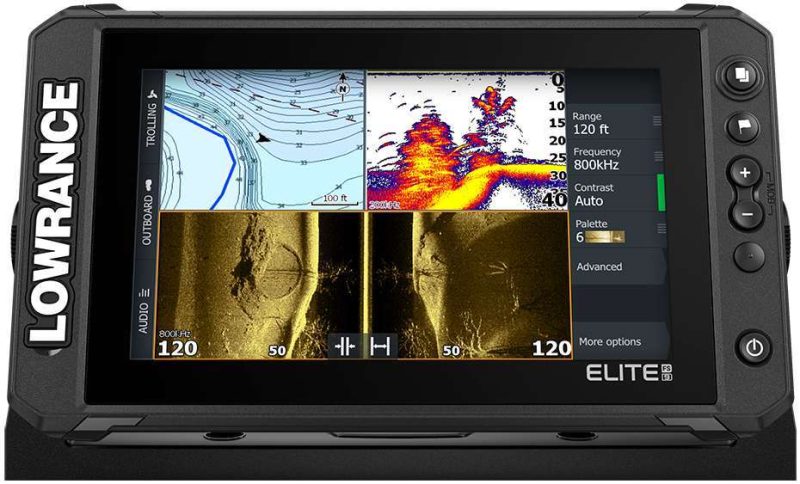


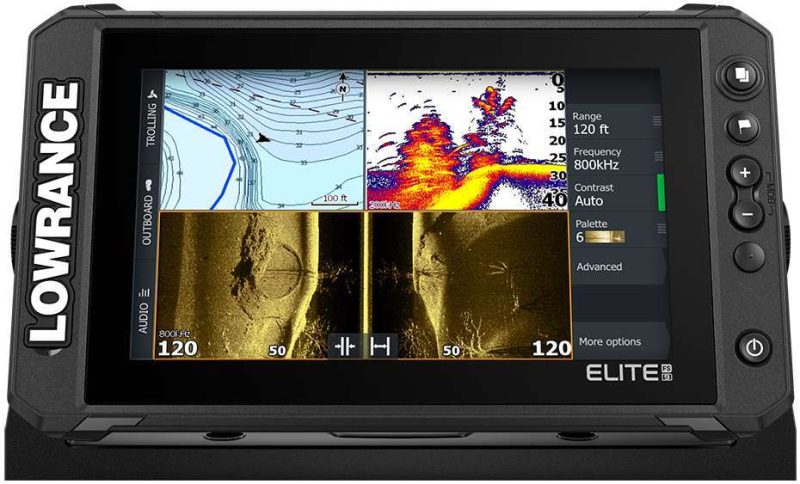
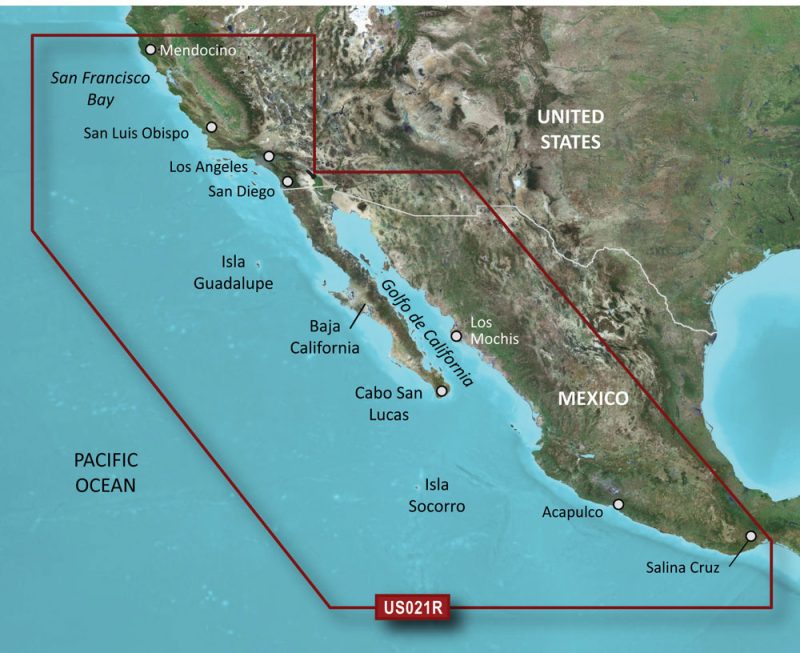
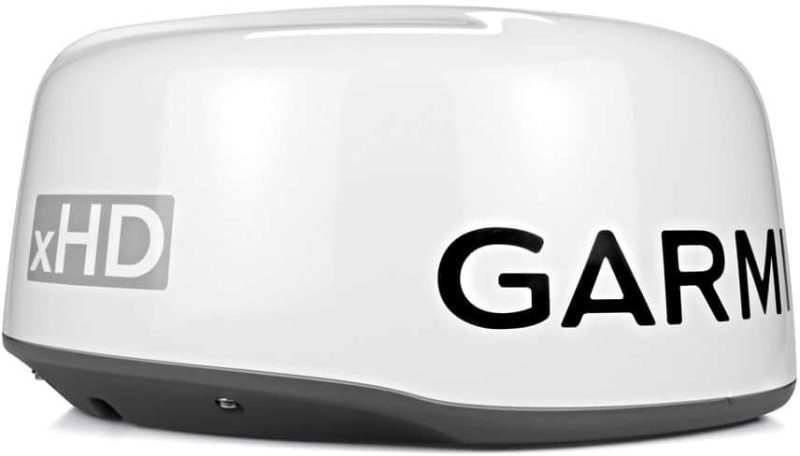
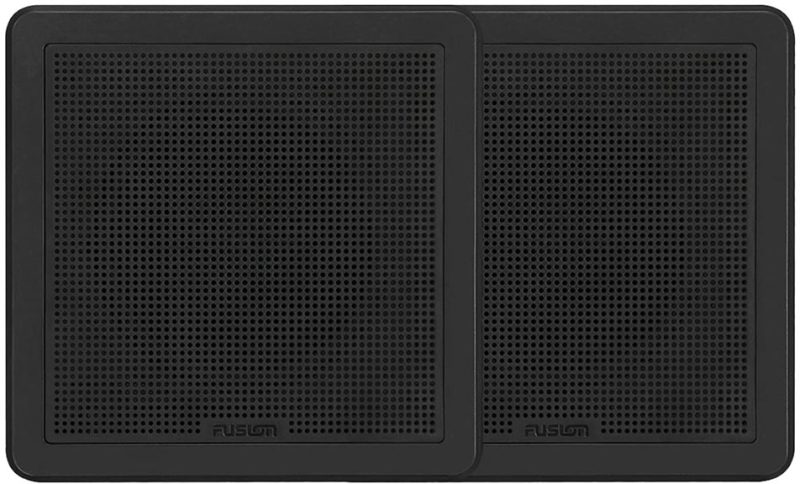

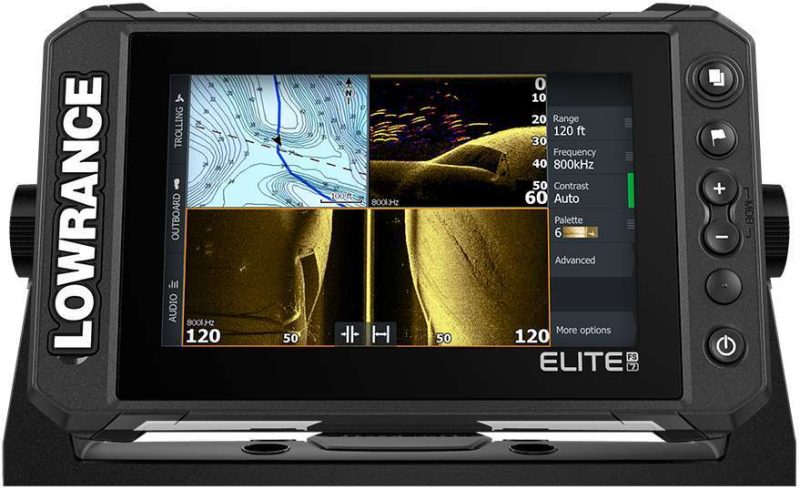
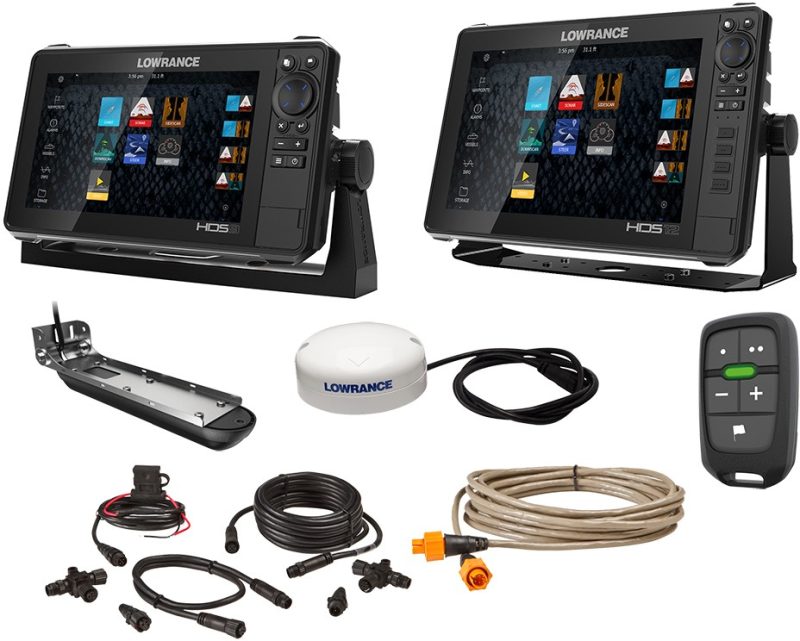
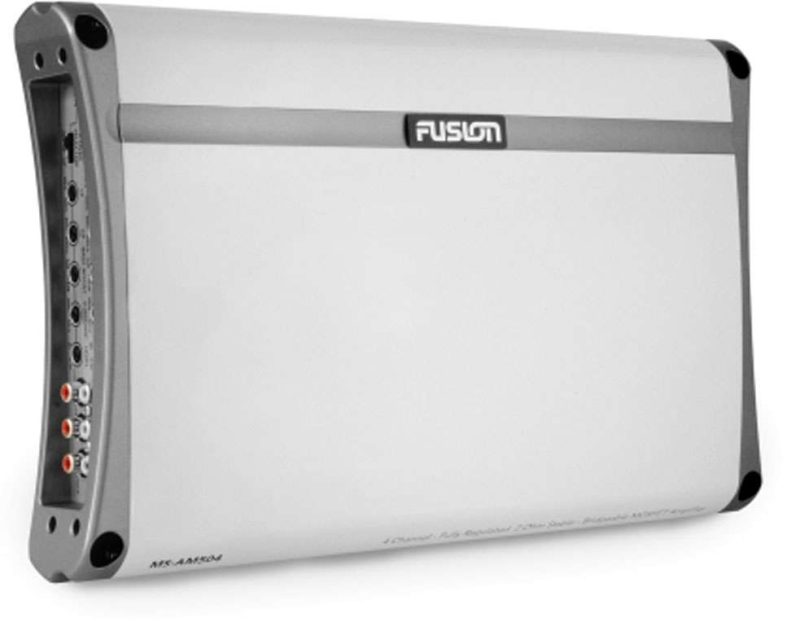
Mercedes –